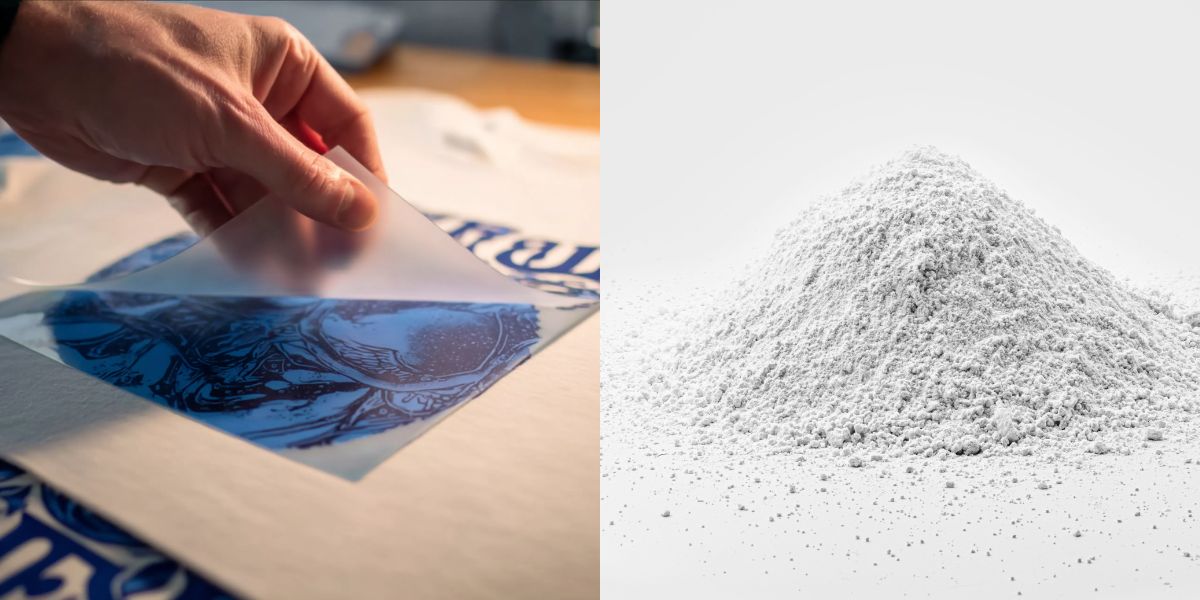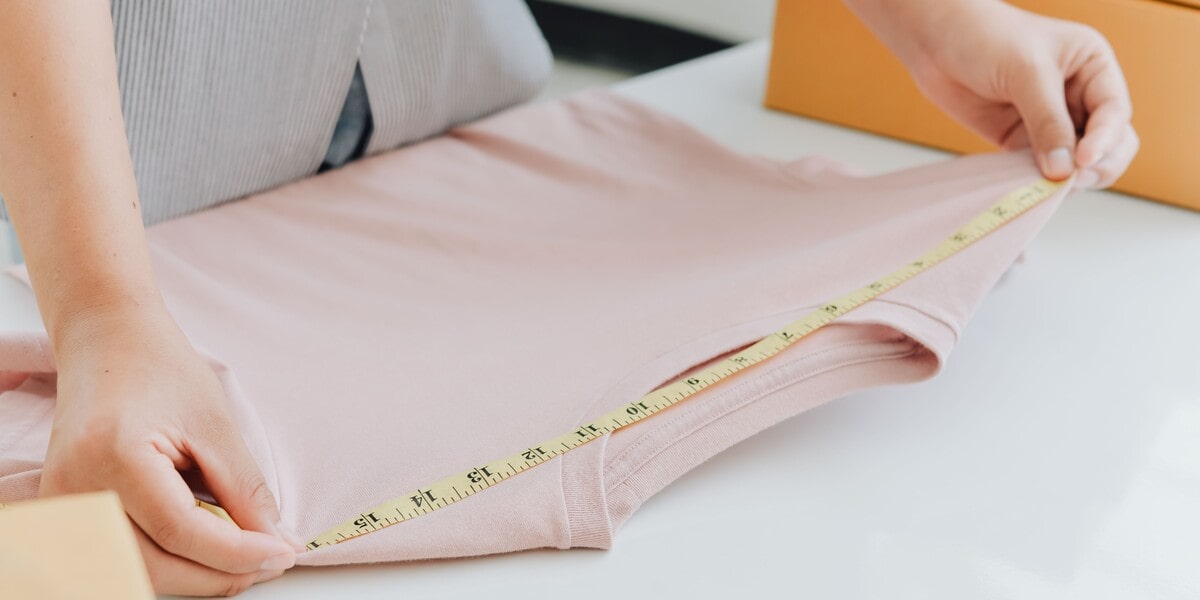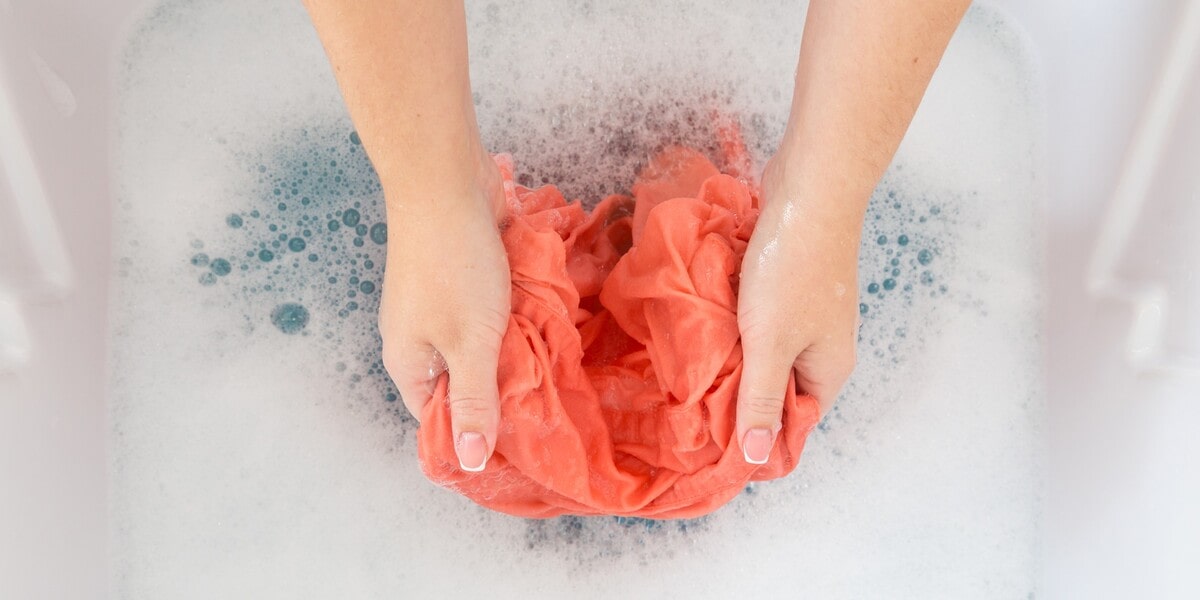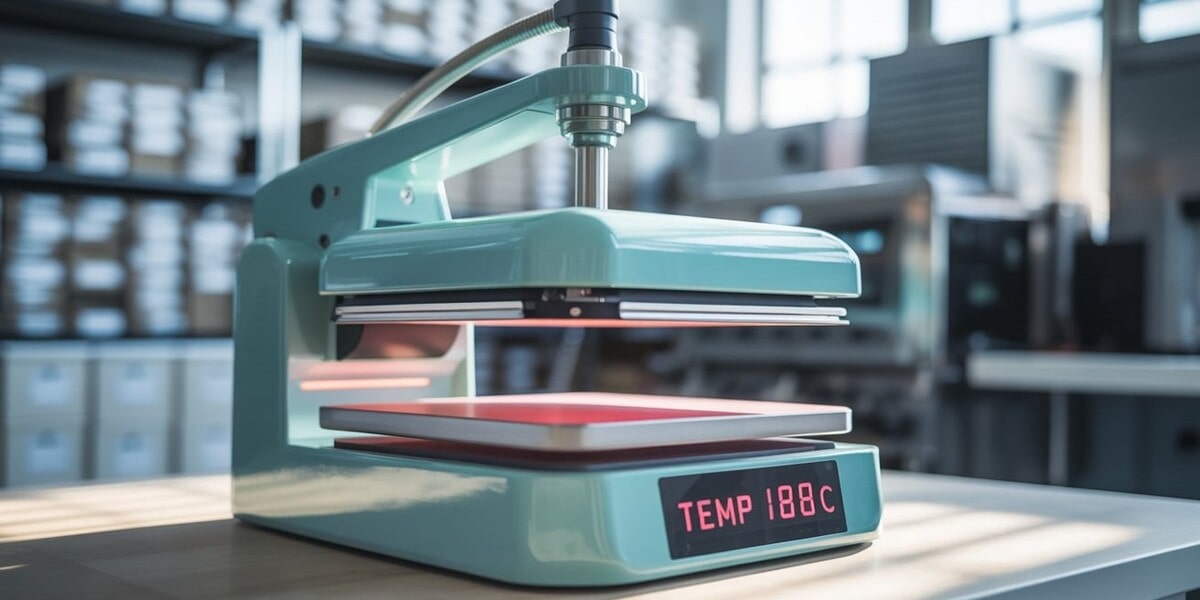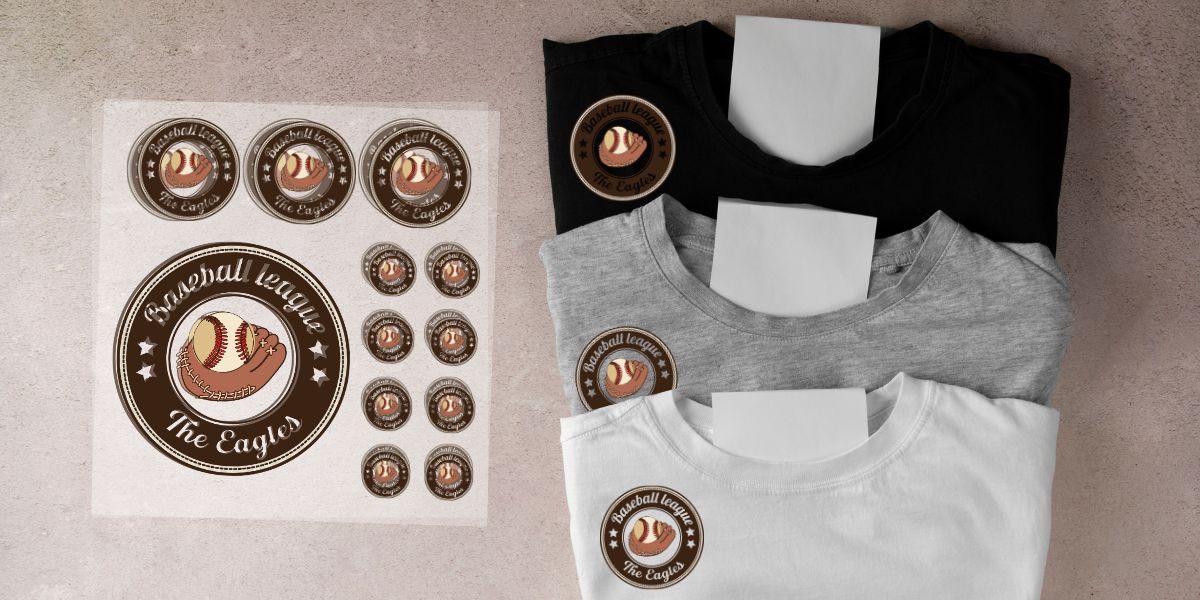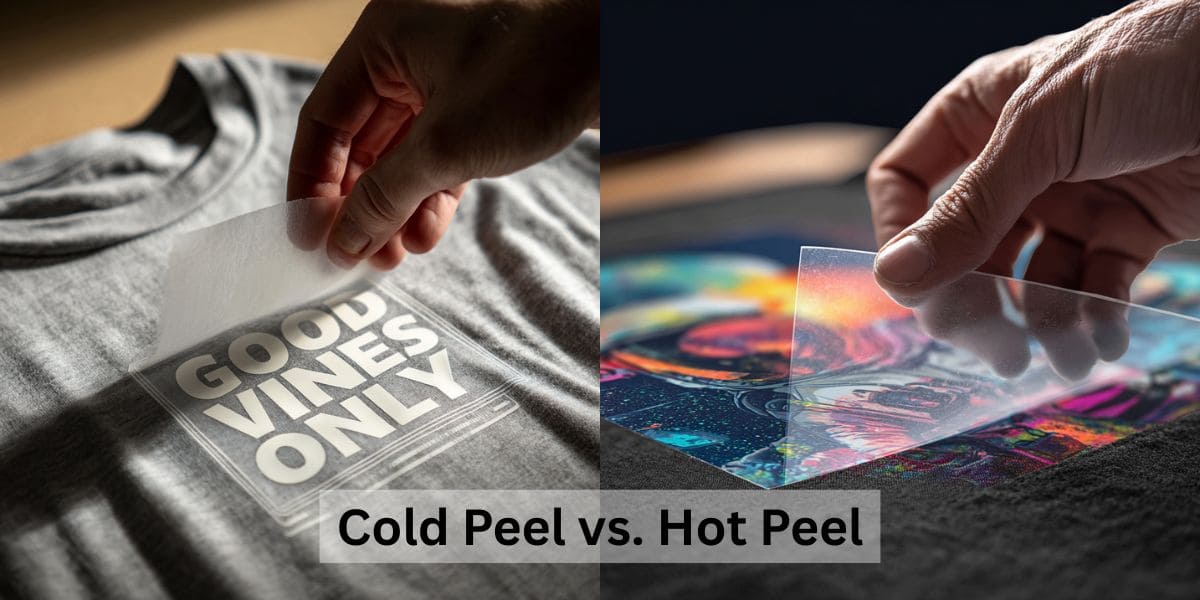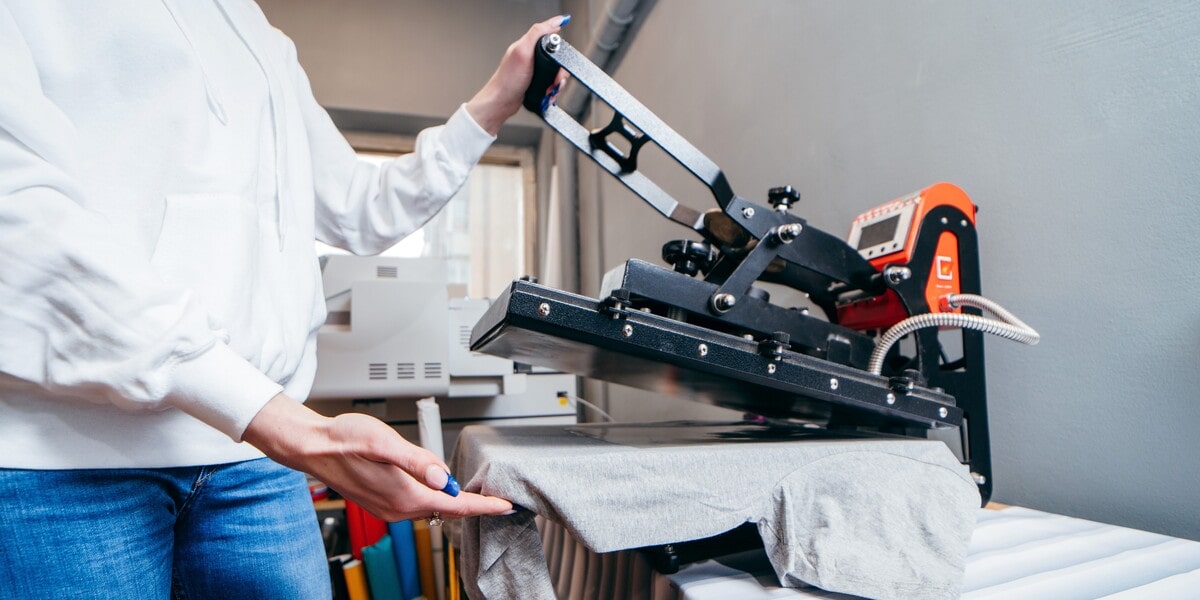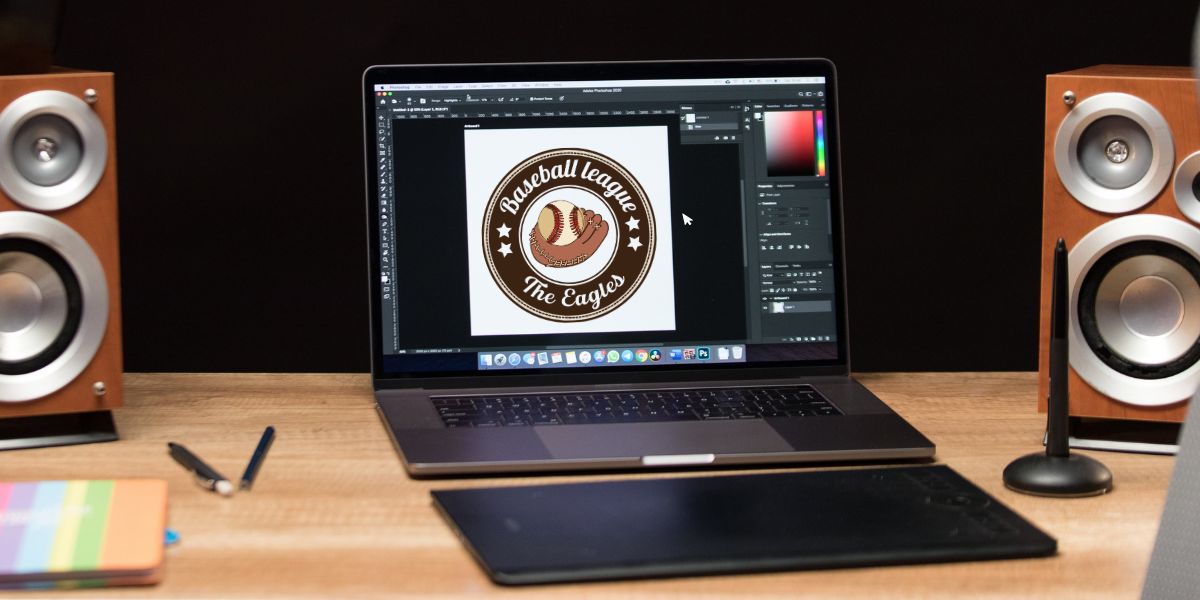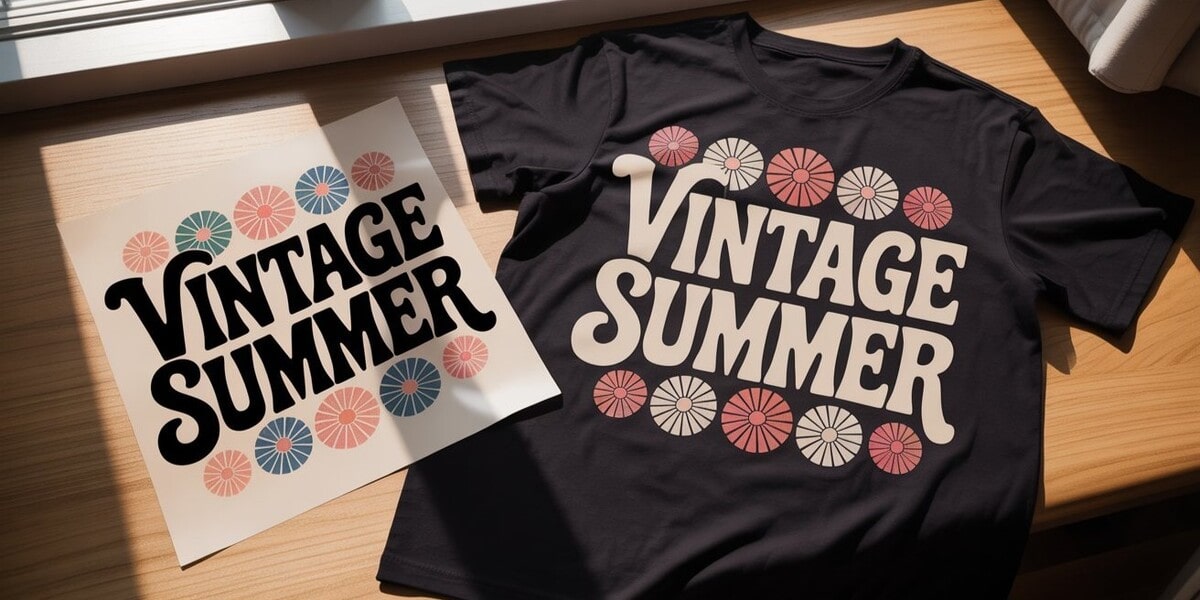Vinyl vs 3D UV Transfer Labels: Which one perfects your product packaging?

When it comes to creating labels for products, businesses have a variety of options to choose from. Two popular choices are 3D UV transfer labels and vinyl transfer labels. While both types of labels offer their own benefits, they differ in terms of material, printing technique, quality, appearance, and price. In this article, we will compare vinyl vs 3D UV transfer labels in these five key areas. We will also explore situations where one type of label might be more suitable than the other and help you make your choice. Now let’s dive in!
Comparison between vinyl and 3D UV transfer stickers
What is the right labeling option for your products: vinyl transfer labels or 3D UV transfer labels? By understanding the pros and cons of each type of label, businesses can make an informed decision about which type of label, vinyl vs 3D UV transfer labels, is best suited for their product labeling needs.
1. Material
3D UV transfer labels and vinyl transfer labels are made from different materials. 3D UV transfer labels are made from a combination of inks, adhesives, and coatings, while vinyl transfer labels are made from a thin, flexible vinyl material. 3D UV transfer labels can be applied to a wider range of materials, including plastics, glass, and metal, while vinyl transfer labels are typically used on smooth surfaces.
2. Printing technique
3D UV transfer labels are printed using a specialized UV printing process that creates a raised, textured effect. Vinyl transfer labels are typically printed using a digital or screen printing process that lays down a flat layer of ink onto the label material.
3. Quality
Both 3D UV transfer labels and vinyl transfer labels can produce high-quality, durable labels. However, 3D UV transfer labels are generally considered to be more durable and resistant to wear and tear, due to the raised layer of ink that provides additional protection.
4. Appearance
3D UV transfer labels and vinyl transfer labels have different appearances. 3D UV transfer labels have a raised, textured surface that creates a three-dimensional effect, while vinyl transfer labels are typically flat and smooth. The 3D effect of 3D UV transfer labels can create a more eye-catching, visually appealing label that stands out on store shelves.

5. Price
3D UV transfer labels are generally more expensive than vinyl transfer labels due to the specialized printing process and materials used. The cost of 3D UV transfer labels will depend on factors such as the size of the label, the complexity of the design, and the quantity ordered. Vinyl transfer labels are generally a more cost-effective option for large quantities or simpler label designs.
Overall, the choice between 3D UV transfer labels and vinyl transfer labels will depend on the specific needs of the product and the intended application.
Vinyl vs 3D UV Transfer Labels: Which one perfect your product packaging?
Vinyl or 3d uv transfer labels? Choosing the right type of label for your product is important to ensure that it stands out and communicates the right message to your target audience. While vinyl transfer labels are a popular option for many products, 3D UV transfer labels offer unique advantages in certain situations. Now we’ll explore the situations where you might need 3D UV transfer labels rather than vinyl transfer labels, and vice versa, so you can make an informed decision on which option is best suited for your product labeling needs.
1. When you need 3D UV transfer labels
There are several situations in which 3D UV transfer labels may be preferred over vinyl transfer labels:
- Higher level of visual appeal: 3D UV transfer labels offer a unique, full color printing and high-end look that can be difficult to achieve with vinyl transfer labels. The 3D relief effect of these labels creates a raised, tactile surface that can add depth and dimension to the label design, making it more eye-catching and visually appealing.
- Durability: While vinyl transfer labels are generally quite durable, 3D labels offer even greater resistance to wear and tear. The raised layer of ink in these labels can provide additional protection against scratches, scuffs, and other forms of damage, making them ideal for products that may be exposed to rough handling or environmental conditions.
- Label that is resistant to water or oils: 3D UV transfer labels can be made to be waterproof and/or oil-resistant, which can be important for products that may be exposed to these substances. Vinyl transfer labels, on the other hand, may be less effective in these types of applications.
- Unique texture: The raised texture of 3D UV transfer labels can provide a unique tactile experience that can enhance the overall branding and marketing of the product. This can be particularly important for luxury or high-end products, where the tactile experience can be an important part of the overall product experience.

2. When you need vinyl transfer labels
Meanwhile, vinyl transfer stickers and labels are a good choice when you want a relatively durable, cost-effective label with a simple design. Here are some situations where you might choose vinyl transfer labels over 3D UV transfer labels:
- Budget: Vinyl transfer labels are generally less expensive than 3D UV transfer labels, making them a good choice when you have a tight budget.
- Simplicity: If your label design is simple and does not require a 3D or textured effect, vinyl transfer labels can be a good option. They can still produce high-quality, durable labels that meet your needs.
- Quantity: If you need to produce a large number of labels, vinyl transfer labels may be a more practical option as they can be produced quickly and efficiently in high volumes.
- Surface Type: Vinyl transfer labels can adhere well to both flat and curved surfaces. So it will be your perfect option if your product is something curved and wide (like a bottle) and needs a flexible label.

Conclusion
Choosing between vinyl vs 3D UV transfer labels depends on a variety of factors, including budget, product design, and surface type. While vinyl transfer labels are a good option for simple designs and tight budgets, 3D UV transfer labels can create a premium look and feel for products that require a more upscale appearance. We at CustomAny hope that this article provides you with all the differences between these two types of labels, so you now can pick the one that’s best suited for your product labeling needs.

